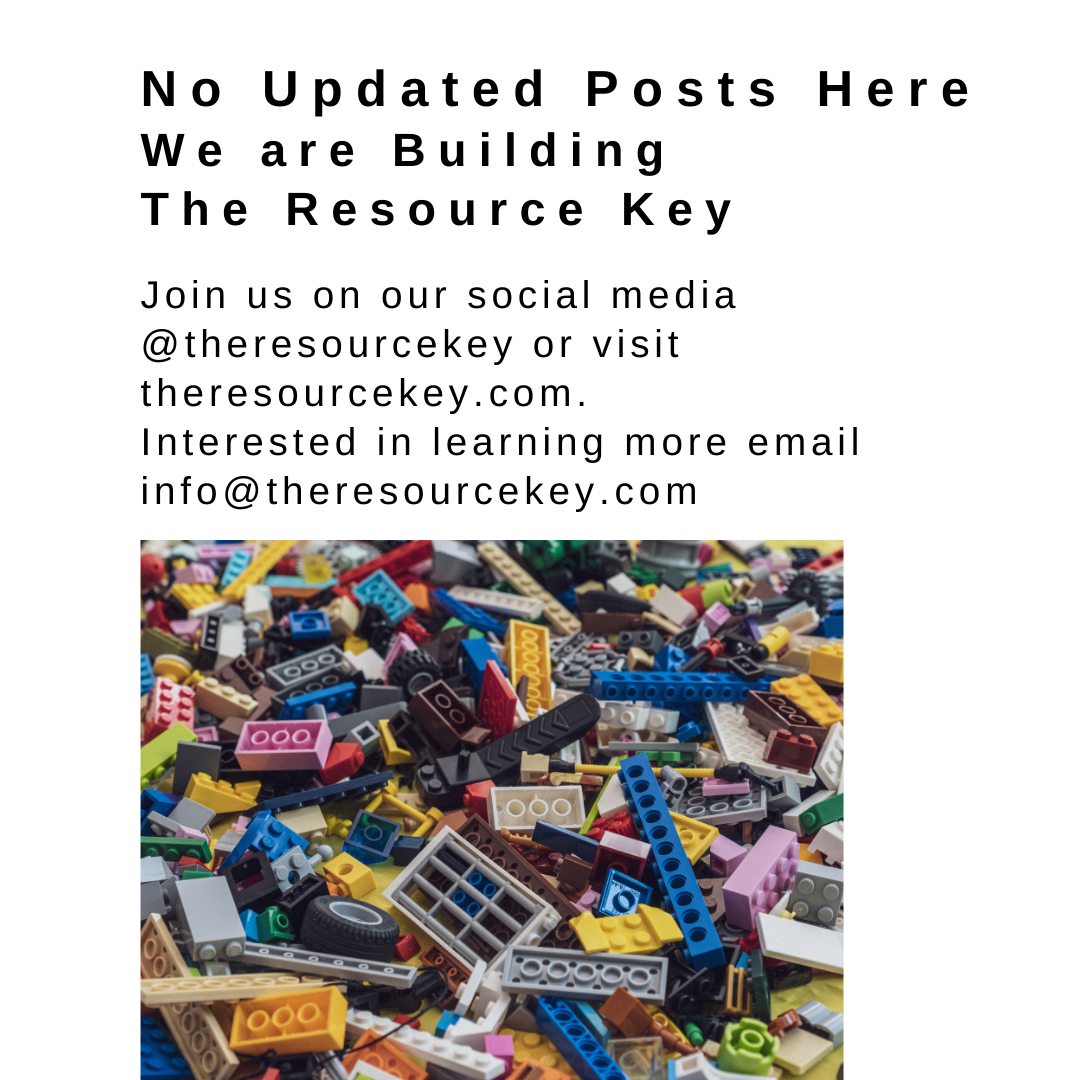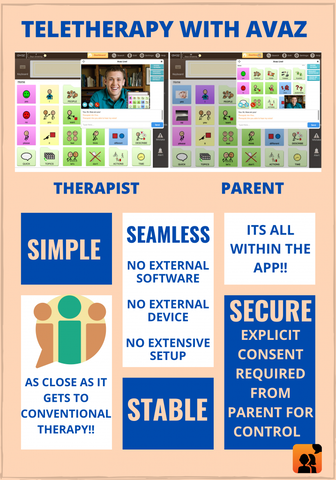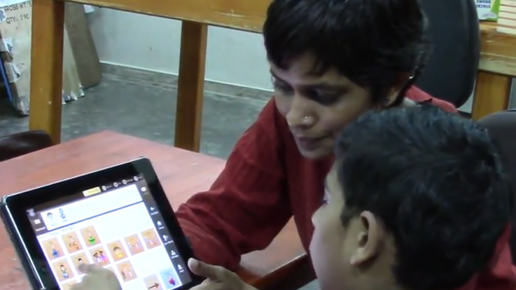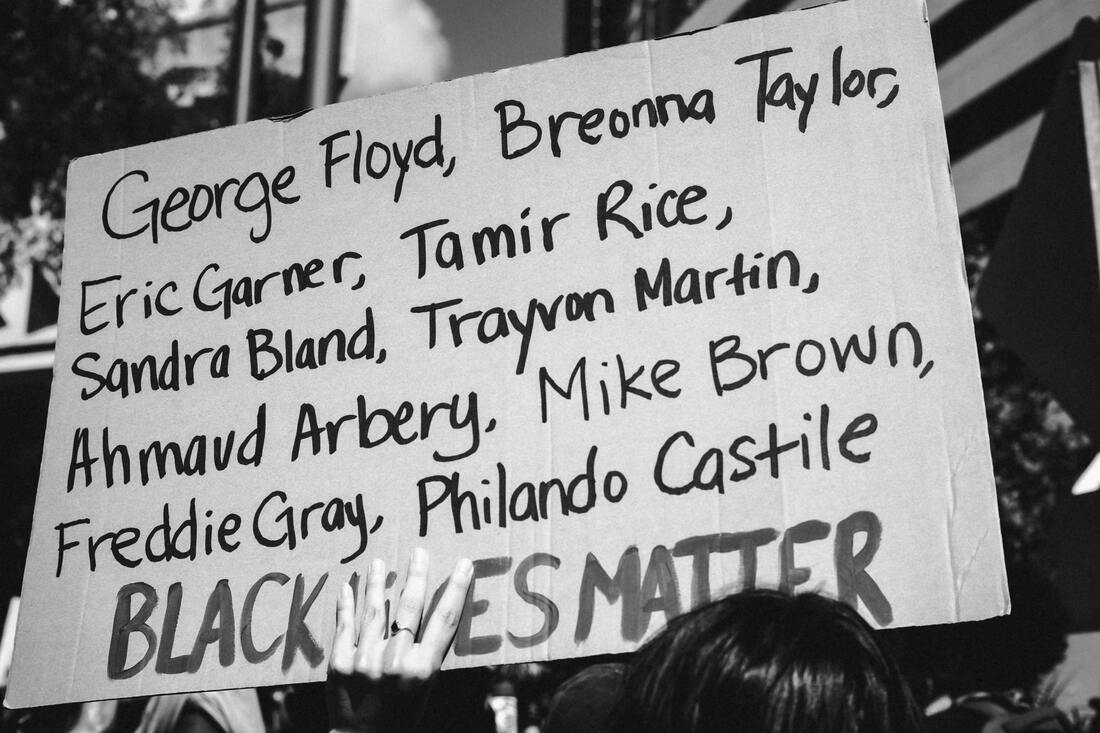|
No Updated Posts Here. We are Building The Resource Key
Join us on our social media @theresourcekey or visit theresourcekey.com. Interested in learning more email [email protected].
0 Comments
Avaz AAC App: Empowering People Through Communication Avaz is a picture and text-based AAC (Augmentative and Alternative) app that empowers children and adults with complex communication needs to express themselves and learn. Expressing thoughts, whenever and wherever, increases their confidence in their abilities. From communicating that they are happy to participating and learning in the classroom, Avaz helps with all! Multimodal Communication We all use gestures, facial expressions, and several other modes of communication besides our natural speech to convey our thoughts. Similarly, AAC users should be able to use multiple communication modalities to make themselves understood. Having access to a low tech AAC system such as a communication book or picture board can provide the AAC user with a means to communicate at all times. Avaz AAC app has a ‘Print’ Option with which you can print low tech boards or email them to your phone with just a few button taps. No more endless screenshots. You can get a low tech backup of the vocabulary in no time.
With Avaz Live, remote therapy is not restricted to discussions alone. 1. The SLP/therapist can take over an Avaz user’s device and tweak settings to change pictures per screen or caption size. 2. They can add/remove vocabulary depending on the user’s communication goals. 3. They can demonstrate AAC strategies such as modelling. When the therapist taps an icon in their app, the client can see animation of the same icons in their device. This gives them visual reinforcement. 4. Avaz Live also allows therapists to evaluate how well the client has been using the AAC system and recommend steps for further development. Easy Customization Customizing Avaz is simple and uncomplicated. You can add multiple words and images at one go (in picture mode). Once you type in all the words to add, the app adds relevant icons with respective images, color code automatically in no time! Adding images to an AAC app has never been easier. You can search the web for copyright-free images from within the app. Communication Partner Training Avaz Dashboard has a training module designed to help caregivers become fluent with the app. It teaches them therapist-recommended strategies for communication, and suggests simple practical ideas that they could use to model words across different activities throughout the day. Avaz AAC offers much more including 3 different levels of vocabulary that can be personalized for the communicator. It has picture prediction in the keyboard mode and spell check too. Avaz app encourages functional communication – the various purposes for which we all communicate or have an interaction with others, where the user is communicating spontaneously and with purpose.
Avaz Inc. is an assistive tech company that creates world class technology products that EMPOWER, ENGAGE & EDUCATE people. Our flagship product Avaz AAC has been giving a voice to people with complex communication needs across the globe. For free AAC activities and resources, please visit www.avazapp.com. Be sure to follow Avaz Inc. on Instagram, Facebook, Twitter, and YouTube. 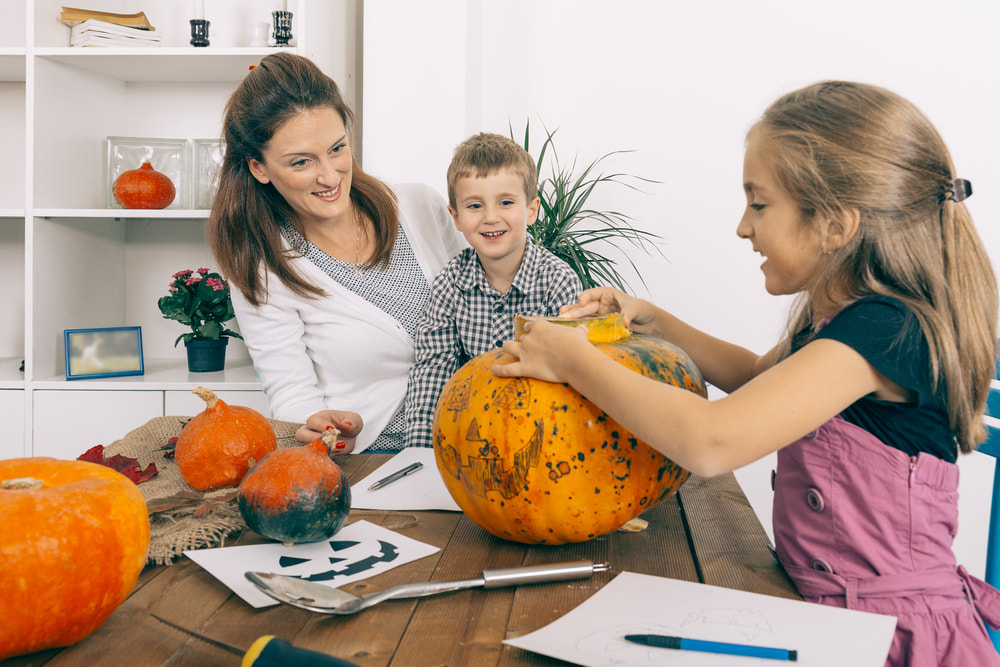 5 Halloween Activities for Toddlers to Boost Language When kids think of Halloween, trick-or-treating, dressing up, and lots of candy come to mind! Halloween may only last a short while, but you can use this holiday as inspiration for themed activities for language development. With these spooky fun activities, you can boost your toddler's language skills throughout October. These activities are also a great way to get some seasonal speech practice. Bake Something SpookyBaking spooky treats are perfect for opening your toddler up to new sensory experiences that also lead build language skills. If you want to keep it as simple as possible, dip whole apples in melted caramel for the traditional candy apple treat. Or you can teach your toddler how to make Rice Krispies Eyeballs! Instead of flattening Rice Krispies treats in a sheet pan, simply roll into 1-inch balls and place a large M&M in the center to make an eyeball. The same Rice Krispies treat recipe can be molded into ghosts and pumpkins as well. You can boost your child’s language skills by: ●Reading the recipe out loud ●Helping your child follow the directions in order ●Measuring ingredients ●Having your toddler roll the rice crispy balls and talking about the texture, smell, and taste All Hallows’ Eve Sensory BagWhen a child’s senses are activated simultaneously it opens the door for an increase in language development. Your child can talk about the feel, color, movement, and the objects inside the sensory bag. To make a sensory bag, start with hair gel. If you can find a green or orange hair gel for the sensory bag, that’s great! But if you want to use clear hair gel, add 2-3 drops of food coloring or craft paint to make Halloween colors. For the inside of the bag, think of anything related to Halloween and small enough to fit inside a plastic sandwich bag. Here are some ideas: ●Plastic spiders ●Googly eyes ●Small plastic bats ●Plastic skeletons ●Pumpkin seeds ●Green, black, or orange dyed spaghetti (they represent “guts”) Halloween Inspired SlimeIf you want to take your toddler’s sensory experience as well as his/her language to the next level, try a Halloween inspired slime! Slime is easy to make and allows your child to get a completely different sensory experience compared to sensory bags. Your toddler can touch, squeeze, and smell the slimy texture along with the Halloween themed items like eyeballs. To make this language boosting sensory slime, try the following recipe! Combine 5 oz of glue, 1 Tablespoon of baking soda, and add (desired amount) of glitter paint into a bowl. Stir till combined, then mix in 3 Tablespoons of saline solution. Roll the slime mixture in your hands until it’s no longer sticky. Then add in Googly eyes! Store in a plastic bag, glass, or plastic container. Painting PumpkinsPumpkins are an absolute must for Halloween. But there are two problems with carving pumpkins: ●Carved pumpkins do not last long ●Carving pumpkins is not a toddler-friendly activity Instead of carving pumpkins, try painting pumpkins! Not only will painting pumpkins increase concentration and fine motor skills, but it also helps boost language. When children create any type of arts and crafts project they are proud of their accomplishment! They want to show it to you and tell you all about it. Use this creative pride to your advantage to boost language skills by asking engaging questions about the painted pumpkin and incorporate new vocabulary. You and your toddler have the opportunity to discuss: ●Halloween designs to paint on the pumpkins ●Colors to use ●Different color combinations ●The best places to display your toddler’s pumpkin artwork Halloween Memory MatchMemory games help increase your child’s concentration, focus, memory, and language skills. A simple memory game for toddlers consists of matching squares or tiles centered around a common theme. This time the theme is anything to do with Halloween. Common Halloween themed items for memory tiles include: ●Pumpkins ●Witches hats ●Candy corn ●Black cats ●Skeletons ●Spiders ●Ghosts ●Spider webs ●Bats To play this memory game, create memory squares with the following above Halloween items printed onto paper. Place them upside down on the table or floor. Start by having your toddler turn one card/tile over at a time, and try to match the image on the tile. As you're doing this game, engage your toddler in conversation with questions about the images and where your child thinks the hidden image is. Any holiday is a great excuse to help your child interact with new activities to fuel creativity and imagination! Even better, these Halloween based activities can be done throughout the month of October. This gives you 31 days of spooky fun language boosting activities! About the Author Liz Talton is a regular contributor for Speech Blubs blog, a speech therapy app for toddlers. She is a work at home mom of 2, so she is always on the lookout for new activities that will keep the little ones busy. Her background is in psychology, and she is dedicated to motherhood and writing. Be sure to follow Speech Blubs on Facebook, Instagram, Twitter, Pinterest, and YouTube One of the definitions that Webster's dictionary uses to describe change is "to make radically different." Now more than ever we need a lot of things to be radically different! Change is a verb which means it is an action. So I want to pose the question "What are you going to do to help to bring about change?" We can't continue to turn our back on racism. We can't sit quietly and expect things to change. Below are a variety of different resources of ways to engage and take action: Powerful video to watch by Eric Thomas https://www.youtube.com/watch?v=A1zqz_gOGQk Systemic Racism Explained by Act.tv https://www.youtube.com/watch?v=YrHIQIO_bdQ How parents can talk to their kids about the unrest happening in the US https://www.facebook.com/watch/?v=899537733876242 Black Attorney Affinity Group Allyship + Anti-Racism Resource Kit PDF. Based on the compilation of Sarah Sophie Flicker and Alyssa Klein in May 2020, and further supplemented by Tanisha James, Jayme Staten and the Cooley Black Attorney Affinity Group in June 2020.
Things You Can Do:
https://www.educationminnesota.org/advocacy/Social-justice/George-Floyd https://www.glamour.com/story/heres-what-you-can-do-right-now-to-demand-justice-for-george-floyd Other Resources: A list of resources for supporting the Black Lives Matter movement https://www.itsnicethat.com/news/resources-supporting-black-lives-matter-movement-creative-industry-010620 This Google document contains many of the community bail funds, memorial funds, political education resources, and other resources https://docs.google.com/document/d/1CjZMORRVuv-I-qo4B0YfmOTqIOa3GUS207t5iuLZmyA/mobilebasic They're Not Too Young to Young to Talk About Race (or Gender)! - From Civil Rights to Black Liberation - LibGuides at Capital City Public Charter School 18 Powerful Children's Books about Race and Racism - Rebekah Gienapp 20 Picture Books for 2020: Readings to Embrace Race, Provide Solace & Do Good | EmbraceRace Becoming Upended: Teaching and Learning about Race and Racism with Young Children and Their Families | NAEYC The Conscious Kid Follow them on Instagram too for other resources: The Conscious Kid (@theconsciouskid) • Instagram Teaching Young Children about Race - Teaching for Change First Encounters With Race and Racism: Teaching Ideas for Classroom Conversations - The New York Times (nytimes.com) Multicultural Classroom Materials & Diverse Toys For Preschool - No Time For Flash Cards Mental Health Issues Facing the Black Community | The Underlying Causes (sunshinebehavioralhealth.com) If you have some resources that you would like to add to this list, please email them to [email protected] or comment below. |
Categories
All
Archives
November 2021
|
||||||||
 This work is licensed under a Creative Commons Attribution-NonCommercial-NoDerivs 3.0 Unported License. |
© Copyright 2010-2020 futureslps.com All Rights Reserved Worldwide
